Wax paper printing
Nguyen Ai Quoc's Thanh Nien newspaper used wax paper printing to print the newspaper. The entire printing equipment could fit neatly in a carry-on suitcase and is currently on display at the Vietnam Revolutionary Youth Association Headquarters, No. 248-250, Van Minh Street, Guangzhou, China.
Suitcase containing wax paper printing tools for Thanh Nien newspaper . PHOTO: DOCUMENT
This method is much faster, neater, and more convenient than lithography and clay printing. The newspaper maker spreads out a sheet of wax paper, uses a steel pen to write on the surface of the wax paper, the surface of the paper has holes in the lines of the letters and becomes a template for printing. The newspaper printer applies ink to the mold, presses the wax paper with the letters written on it onto the ink mold (left side, upside down), the holes on the wax paper let the ink pass through, then presses the blank sheets of paper onto the template and peels them off to form a print.
LITHIGRAPHY
Around the early 1940s, revolutionary newspapers switched to printing using the lithographic method (also known as lithography). Lithography only required a few things: a few thin limestone slabs as a printing plate, ink, pens, and rollers, which were very compact and lightweight.
Vietnam Independence Newspaper by Ho Chi Minh in Cao Bang, August 1, 1941, lithographic printing. PHOTO: DOCUMENT
Step 1, the printer must use oil to write or draw REVERSE what needs to be printed on the surface of the limestone printing plate. Step 2, use water to coat the surface of the printing plate (the part of the letters and drawings written in oil will not be waterproof, the rest will be waterproof). Step 3, use a roller to roll the oil ink over the printing plate, the oil ink will stick to the letters/drawings that have been written/drawn in oil, and will not soak into the areas where the stone surface has just been soaked with water. Step 4, when the printing plate has been soaked with oil ink, press each sheet of paper on it, roll it hard with the roller, and peel off the print.
This printing method was applied to the most important newspapers of the Party and the Front at that time: Vietnam Independence, Cuu Quoc, Co Giai Phong...
TYPOGRAPHY
From mid-1944, the Central Committee of the Indochinese Communist Party advocated the establishment of a printing house using lead type (typô printing). The goal was to meet the needs of the revolution in the new situation, while making the French colonialists and their lackeys confused and bewildered because they thought that the Viet Minh movement and the Indochinese Communist Party had grown so strong that they had a printing house using typô machines.
Limestone for writing letters, ink rollers and stamps used to print the Vietnam Independence newspaper (1941 - 1945). PHOTO: DOCUMENT
The construction of the typographic printing house was assigned to Nguyen Luong Hoang, a key member of the former lithographic printing team. The source of the lead type was leaked from a member of the National Salvation Workers Association working in the above mentioned printing factory.
However, the most difficult thing was the printing machine. Normally, the lightest typewriter weighed over 500 kg. It was difficult for the revolutionary printing agency to use that type of machine because it could not keep the secret when printing and moving. Therefore, the first printing workers of the typewriter house developed an initiative. Nguyen Luong Hoang said: "I only used two sets of bicycle axles, a type mold made of four small iron bars and two thick wooden surfaces, and that was how a manual printing machine was made. All of it weighed only about 5 kg, and if there was any movement, it only took a minute to disassemble and hide it, very convenient and very fast".
The printing house was located in a remote commune along the Red River (Trang Viet, Yen Lang district, Phuc Yen province - Me Linh, Vinh Phuc today), about 20 km from Hanoi, in an enlightened family. Only General Secretary Truong Chinh directly worked with the printing house right at the printing place. All the others only met each member of the printing team to discuss work at Yen market (Yen Nhan village - now Me Linh, Vinh Phuc), so the printing house was safe and operated continuously until the General Uprising was completely victorious.
Cuu Quoc Newspaper - Special issue on overseas issues - November 1944, one of the first revolutionary newspapers to be printed in typography. PHOTO: DOAN KHUYEN
During its existence, the printing house printed many important documents and papers of the Party and the Viet Minh General Department. One of the first newspapers of the Viet Minh press to be printed in typography was the Special Edition of National Salvation on overseas issues, printed at this printing house. The newspaper had 24 pages, not including the cover, good quality, and sophisticated techniques. (to be continued)
Source: https://thanhnien.vn/100-nam-bao-chi-cach-mang-viet-nam-may-in-sieu-nho-co-the-thao-roi-185250610224052062.htm


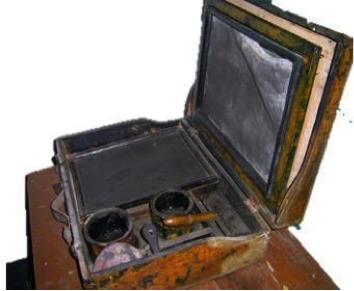
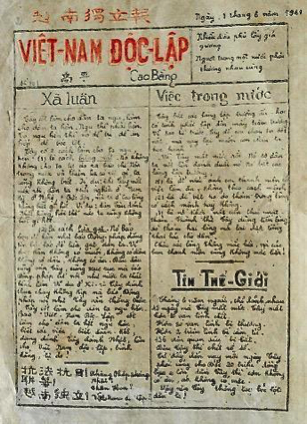
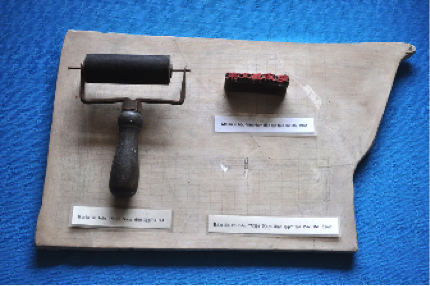
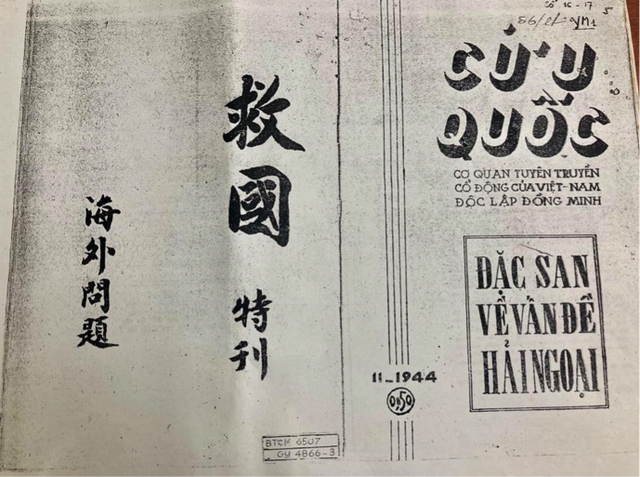
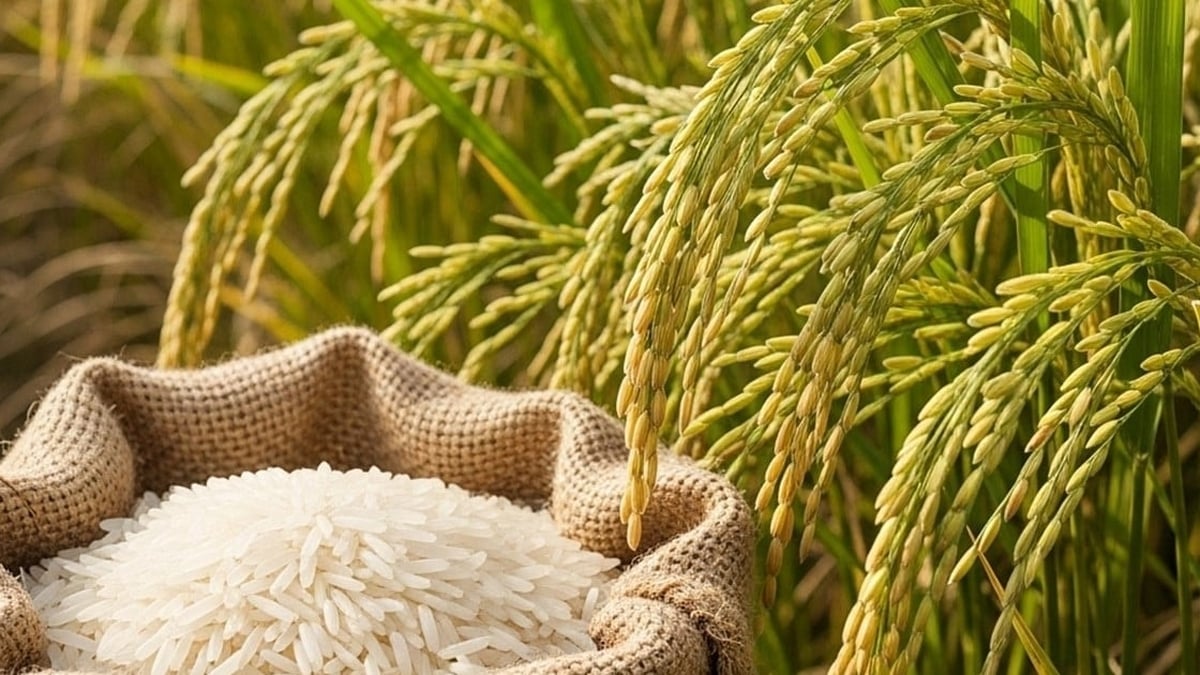
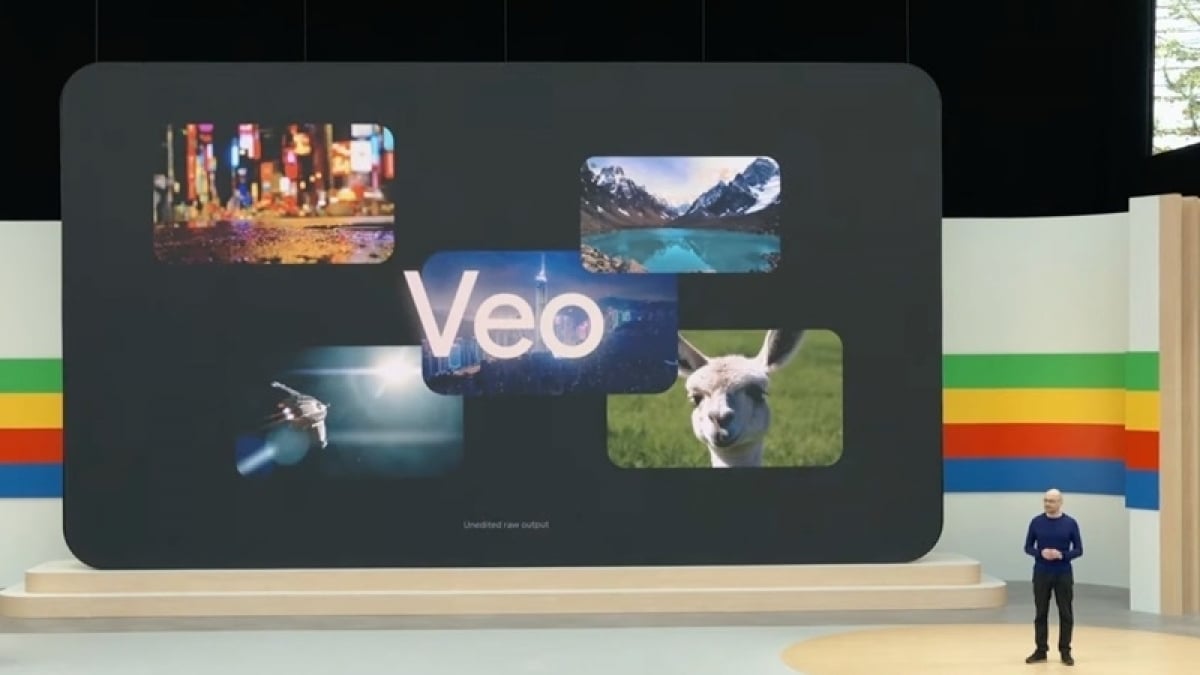


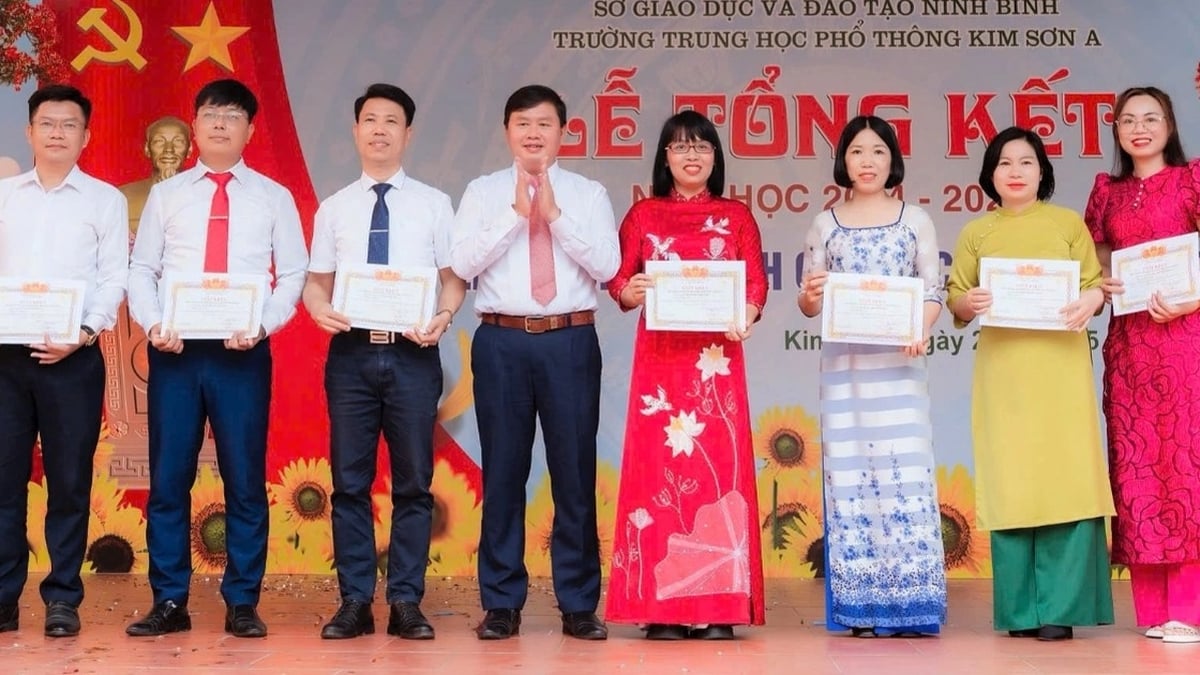
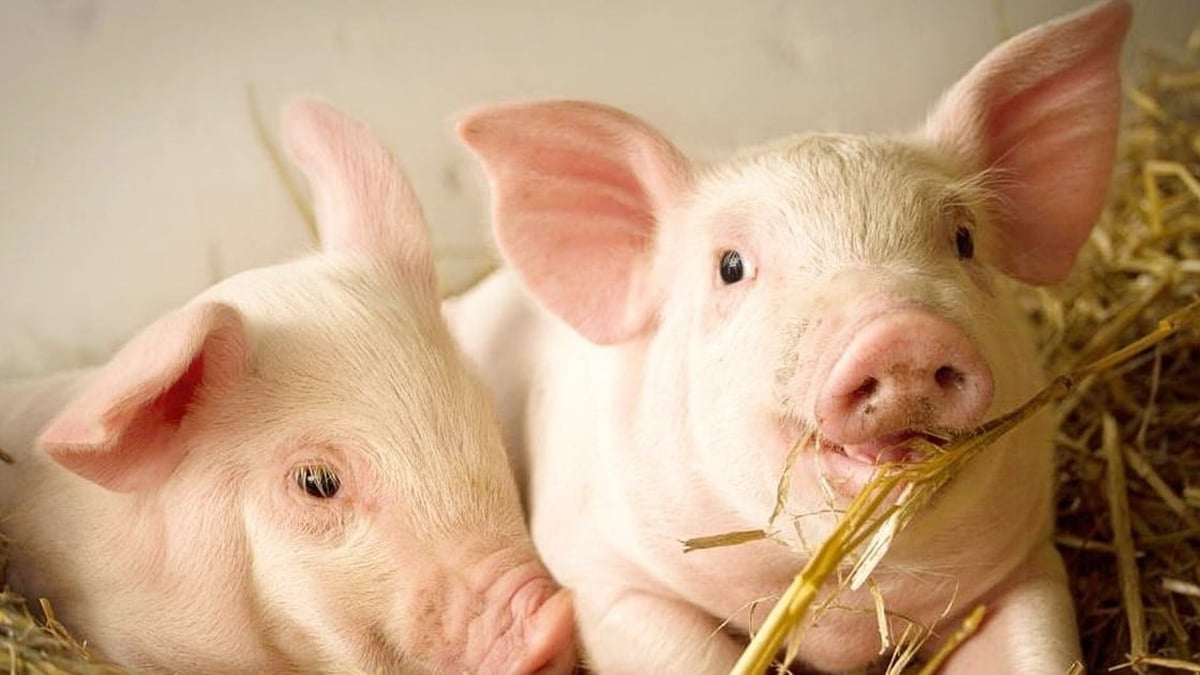
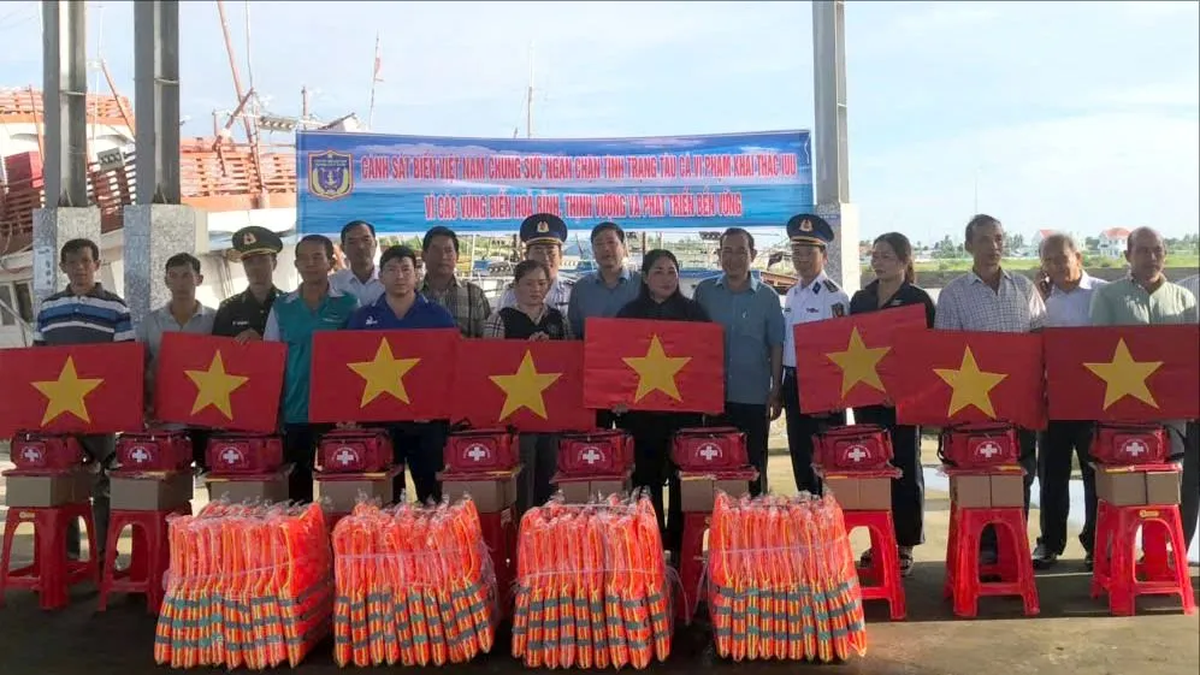
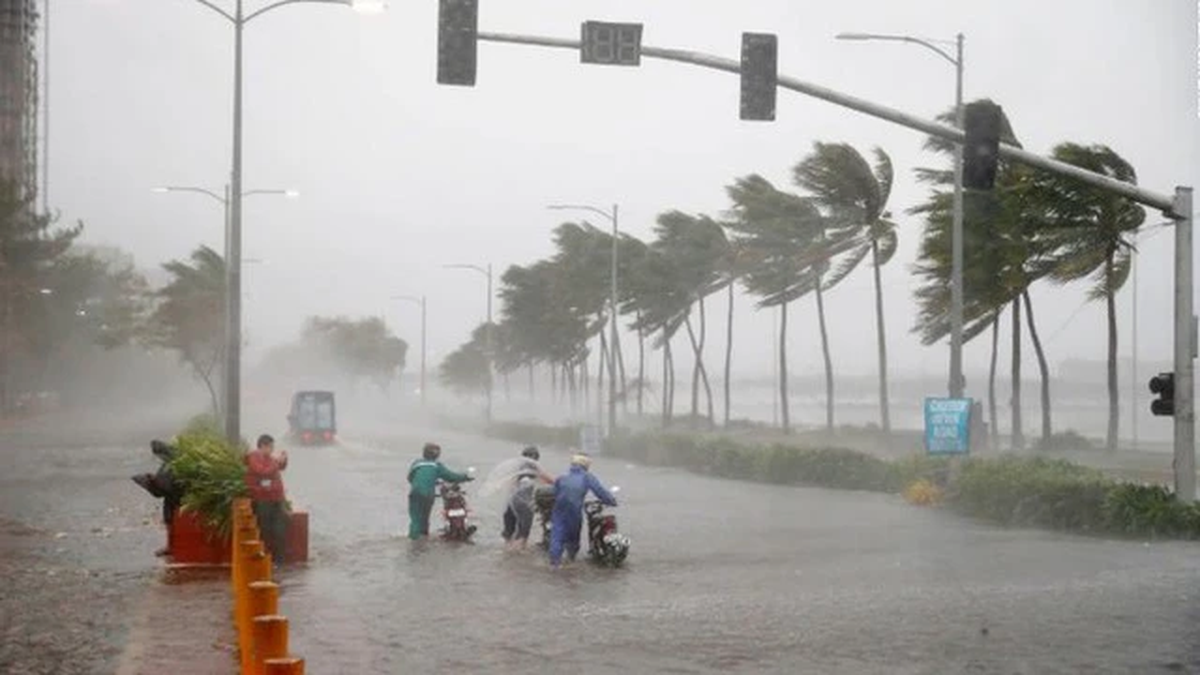
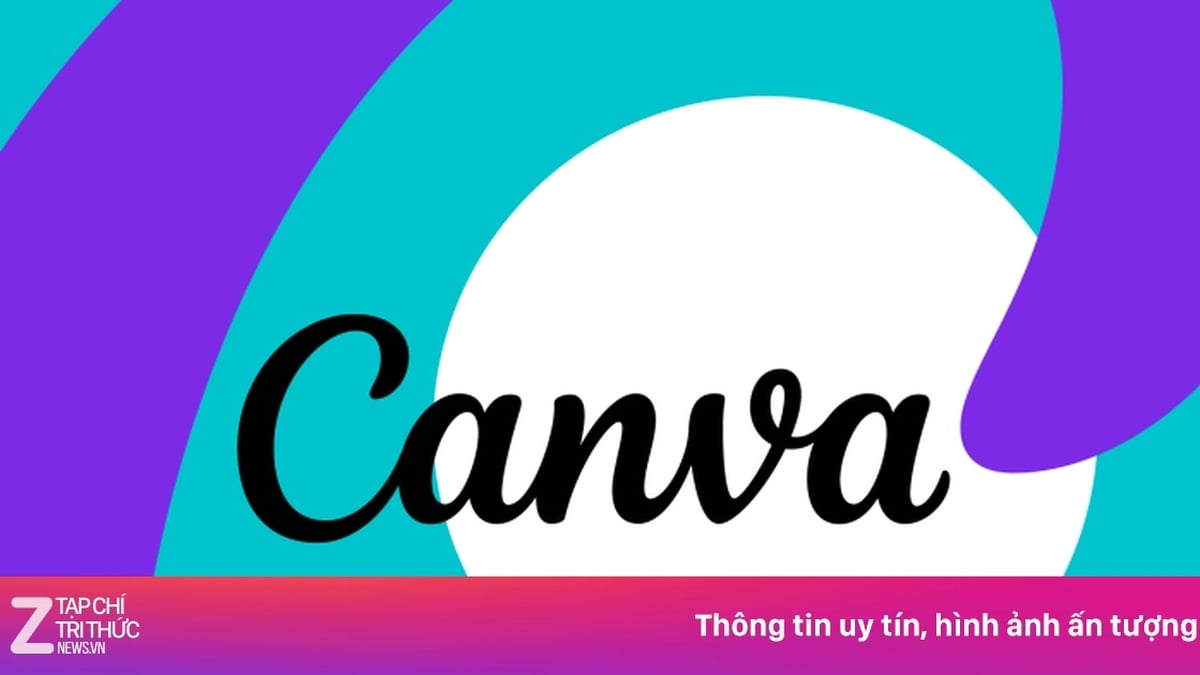
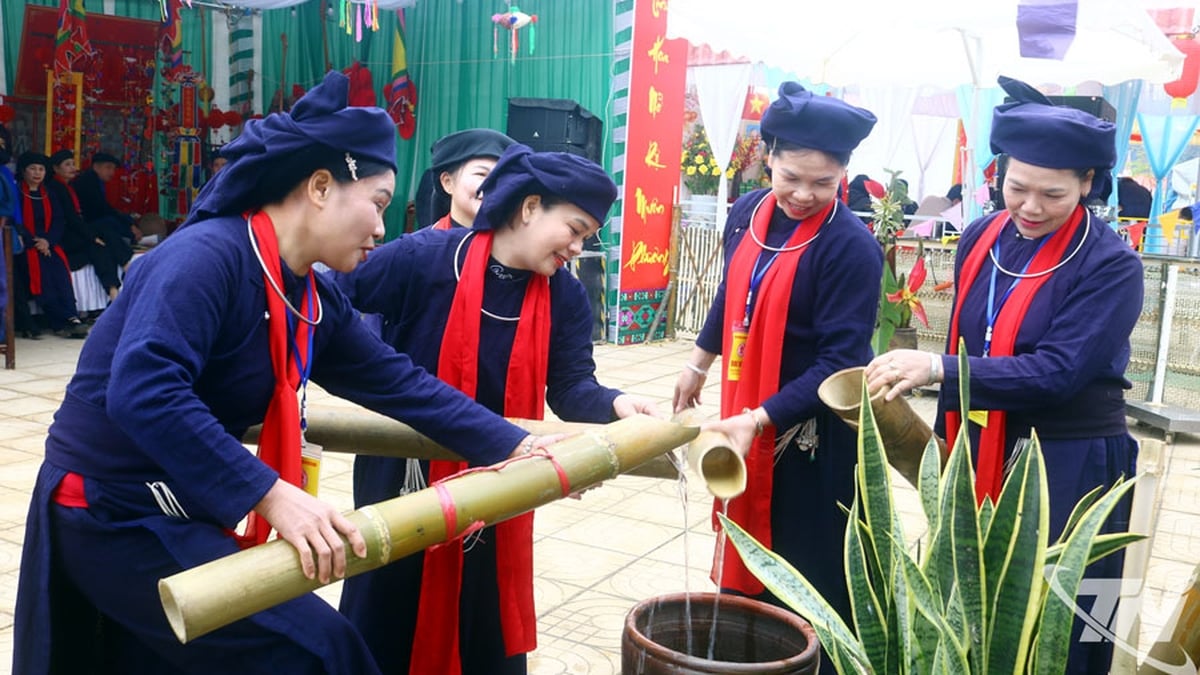























































































Comment (0)